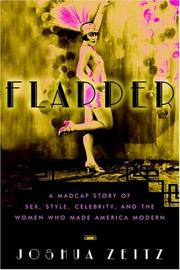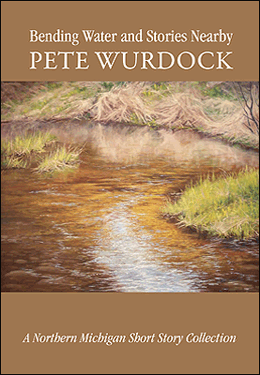Zelda was under medical care; Scottie in private school; both were back East. Nineteen years of marriage, half with Zelda's demons keeping them apart, now he sees her on rare holidays when he can get away. Intimate relations ended a long time ago.
In 1937 F. Scott Fitzgerald was in Hollywood, struggling to get jobs and pay the bills. A has-been trying to write a novel about Hollywood, hired to write scripts but tossed from film to film with no billing, nothing to show for it. His royalty check from Scribners amounted to $1.43.
Like his character Stahr in his manuscript that became the incomplete novel The Last Tycoon, Fitzgerald sees a woman who reminds him of his wife. They fall in love. Sheilah Graham was thirty to his forty, a tough, smart, self-made gal. And Scott was grasping at the last golden ring of happiness, in spite of TB and heart disease: the luxury of love.
West of Sunset by Stewart O'Nan is Biographical Fiction based on Scott's last years. Told in the third person limited, we come to know Scott by his actions, and from the narrator's knowledge of his thoughts.
I could not stop reading. And the day after I felt such sorrow.
Plenty of Hollywood denizens show up in the story, like Bogie and Mayo who mostly drink and romp around the pool. Dottie Parker and her husband Alan Campbell; Dottie who knew him back in the old days. Names are dropped, Scott is snubbed by some of the most famous.
Ernest Hemingway appears on crutches after a botched operation on his leg. His breath stinks, he is unwashed. He has 'sold out' Scott thinks, a wasted talent. It was Hemingway who told Max Perkins that Scott sold out after Tender Is The Night appeared, who told Scott that Zelda was no good for him.
Scott hears that Tom Wolfe, the Thomas Wolfe of Look Homeward, Angel, has died. Scott admired Wolfe's work, his ecstasy and gargantuan vitality. Wolfe was 36 years old. Scott had chosen the sanitarium near Asheville for Zelda because it was Tom's hometown, the city Wolfe could not "go home" to.
The whole glorious Lost Generation writers, all edited by Max Perkins, are old and dying and already passé, so yesterday. Scott's daughter Scottie gives him an essay she wrote for Mademoiselle about how his generation was as fashioned and outmoded as the Charleston.
What Scottie did not know yet, thinks Scott, was how war changes everything. It is 1939. She will soon see for herself.
I had found a copy of The Last Tycoon while vacationing Up North and read it for the first time since I was a teenager. It is told in the first person, by the daughter of the main character Stahr. Wonderful name for a Hollywood "tycoon.".Stahr has achieved a legendary status, the Boy Wonder who knows how to fix everything, wielding his power for the greater vision in his head. His beloved wife has died, and has only his work to keep him going. Until he sees Kathleen, who looks like his wife. He searches for her, they meet, they fall in love.
The Tycoon Stahr meets a tragic end in a plane crash. Scott died at age 44 of a heart attack at Sheliah's place, where he was working with a secretary on Tycoon.
O'Tan's novel ends with letters exchanged between Scottie and Zelda after Scott's death. "Only in love are we redeemed," writes Zelda. "God answers all prayers."
How ironic.
To learn more visit
http://www.scottandzelda.com/
http://www.fscottfitzgeraldsociety.org/biography/index.html


















.jpg)
